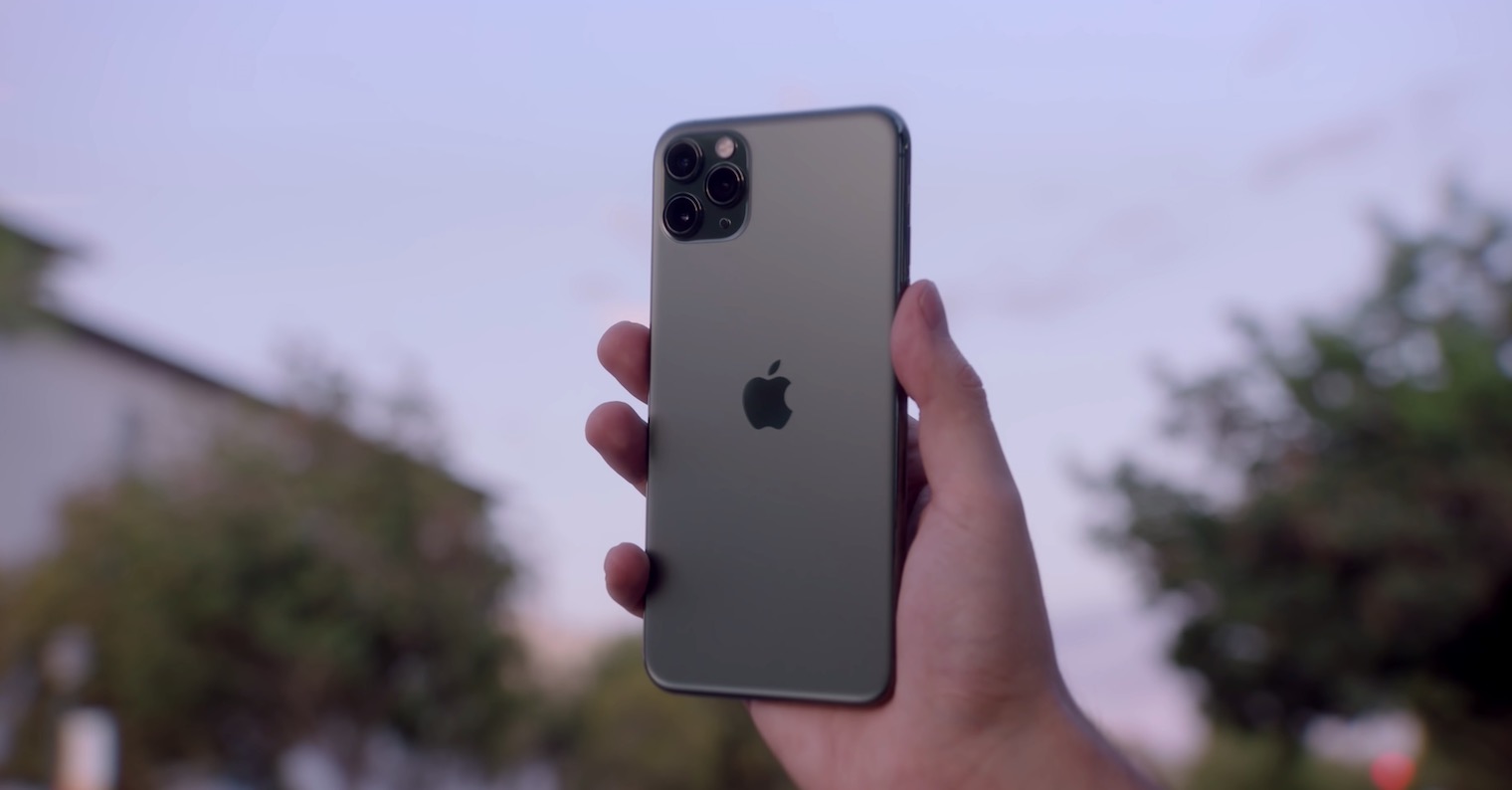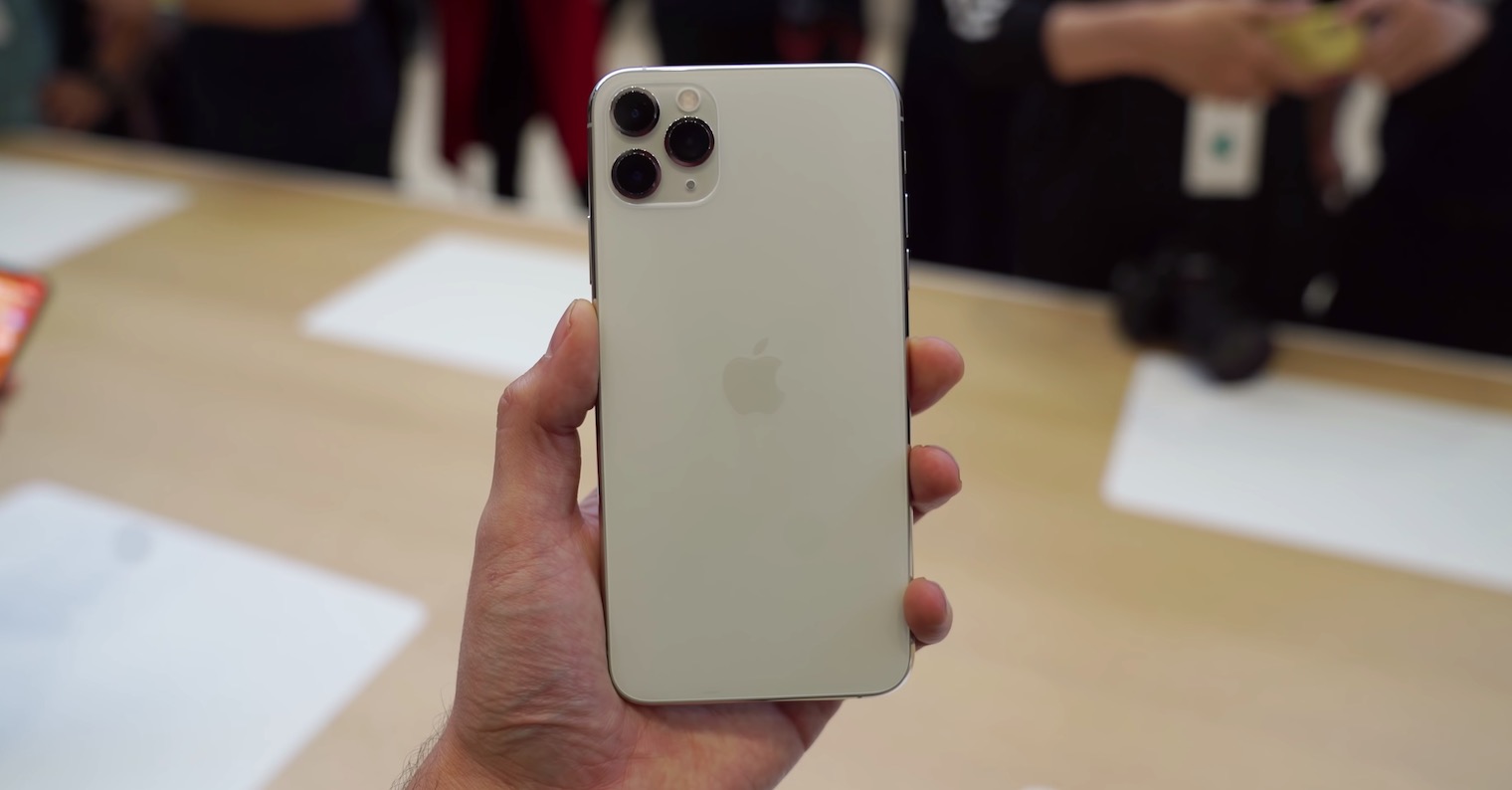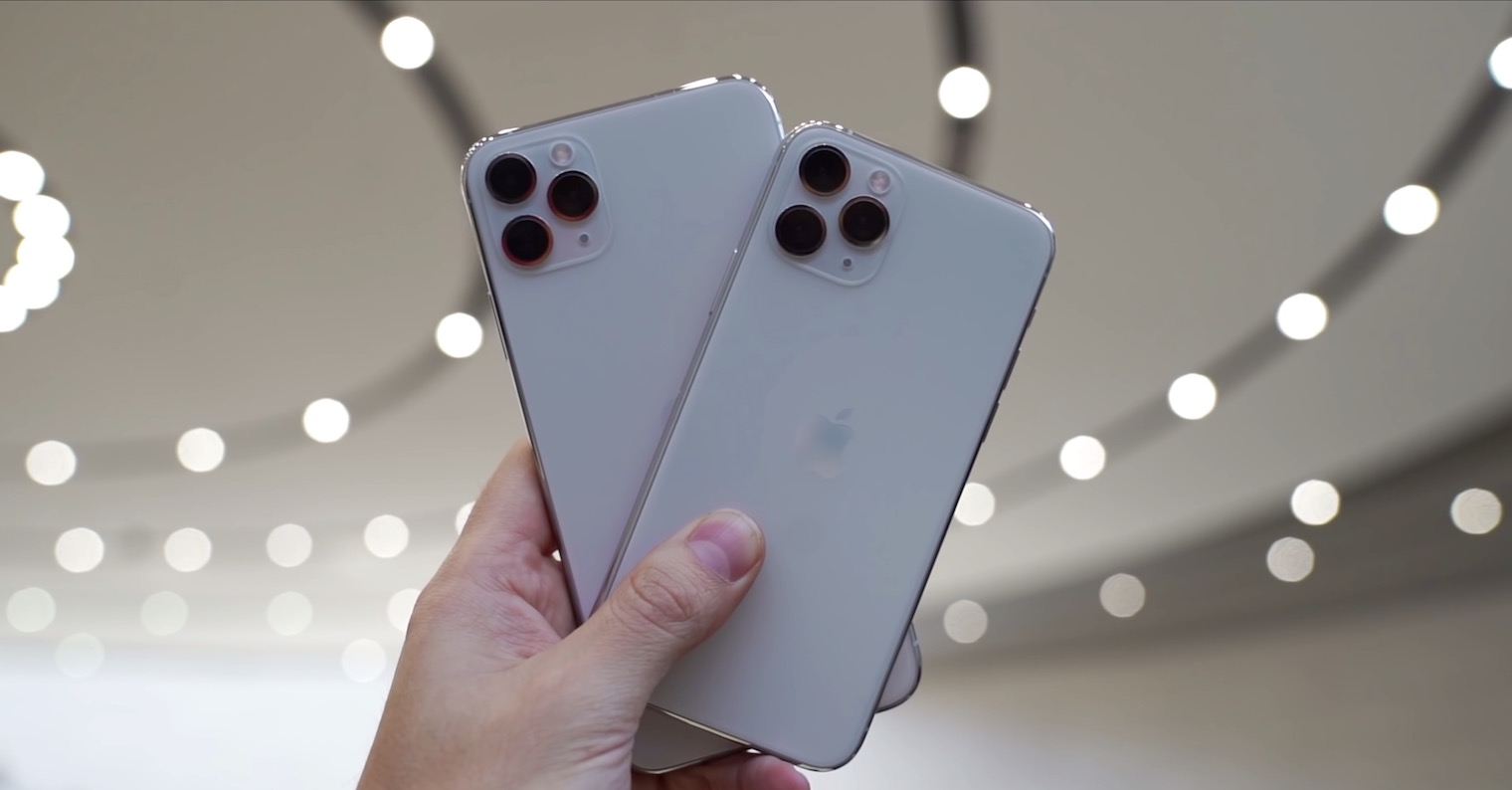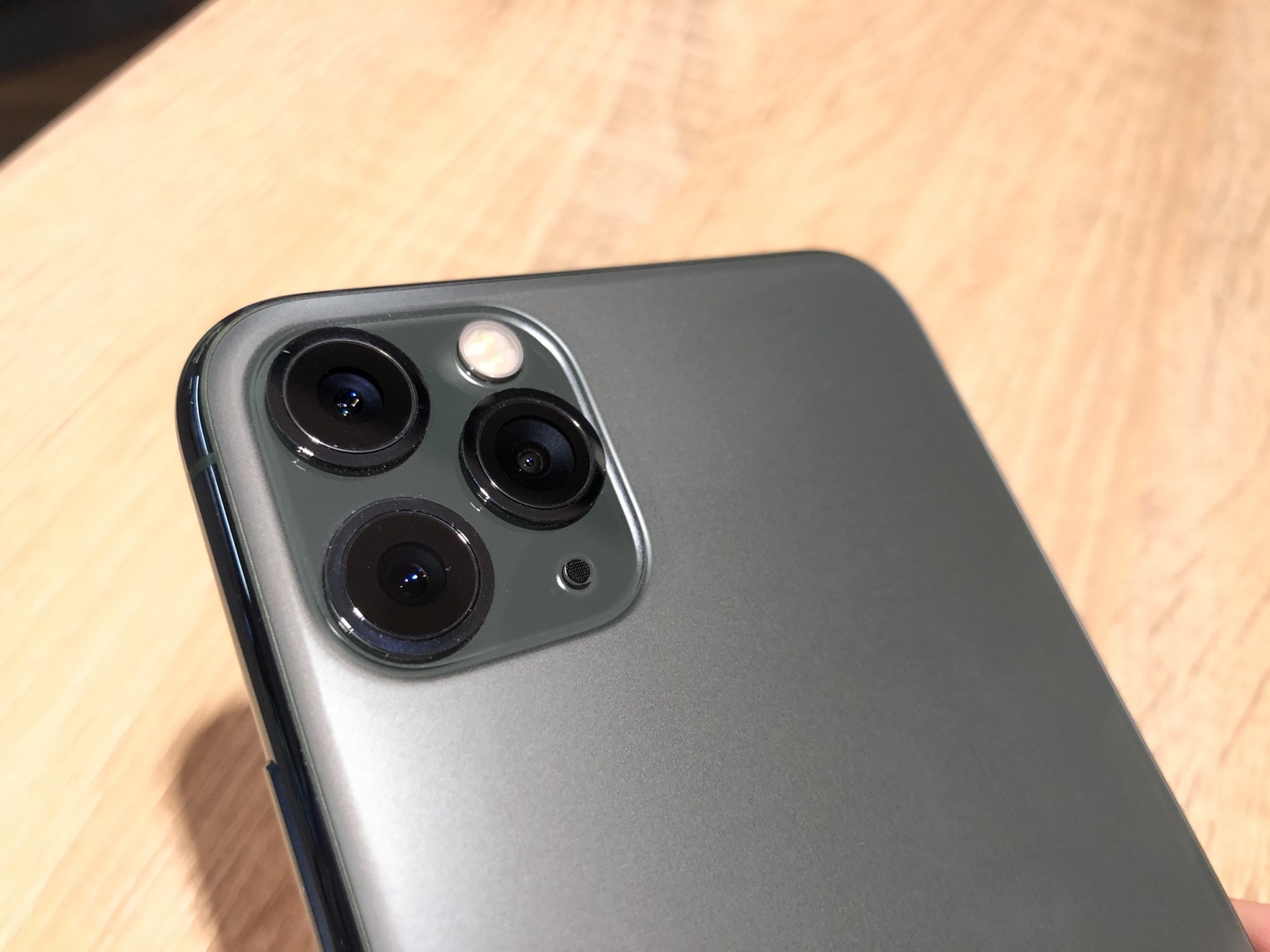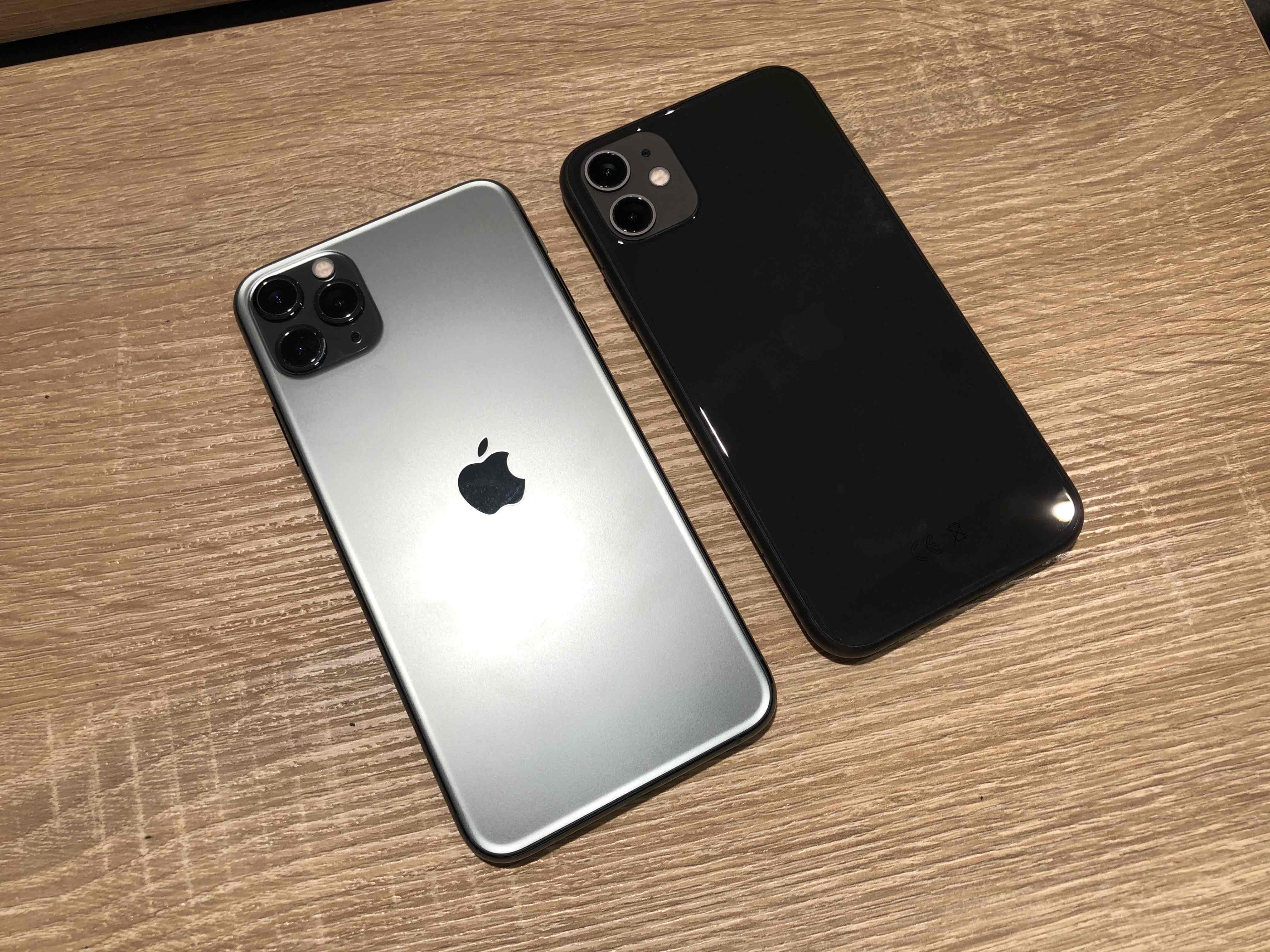The new iPhones 11 are successful. Their sales are then reflected in the increase in the share of the iOS operating system in several markets. The surprise is that the US domestic market is rather stagnant.
Statistics come from Kantar. It takes the five largest markets as Europe, i.e. Germany, Great Britain, France, Spain and Italy. On average, the share of iOS in these countries increased by 11% together with the launch of iPhone 2.
A much more fundamental jump took place in Australia and Japan. In Australia, iOS grew by 4% and in Japan even by 10,3%. Apple has always been strong in Japan and now continues to strengthen its position. Perhaps a surprise after these positive reports is the slight decline in the US domestic market. There, the share decreased by 2% and in China by 1%. However, Kantar managed to include only the first week of sales in the statistics. Of course, the numbers may continue to evolve as the new iPhone 11 models become more widely available.
The new models increased smartphone sales by 7,4% in the third quarter of 2019. This is a better score than the previous iPhone XS / XS Max and XR, which only contributed 6,6% during the same period. Sales of new models are very good. The entry-level iPhone 11 in particular has taken the lead thanks to its competitive price, although the Pro models are close behind. The share of new models in iPhone sales is the same in the USA as in the EU, but overall in the third quarter they climbed up to 10,2%.
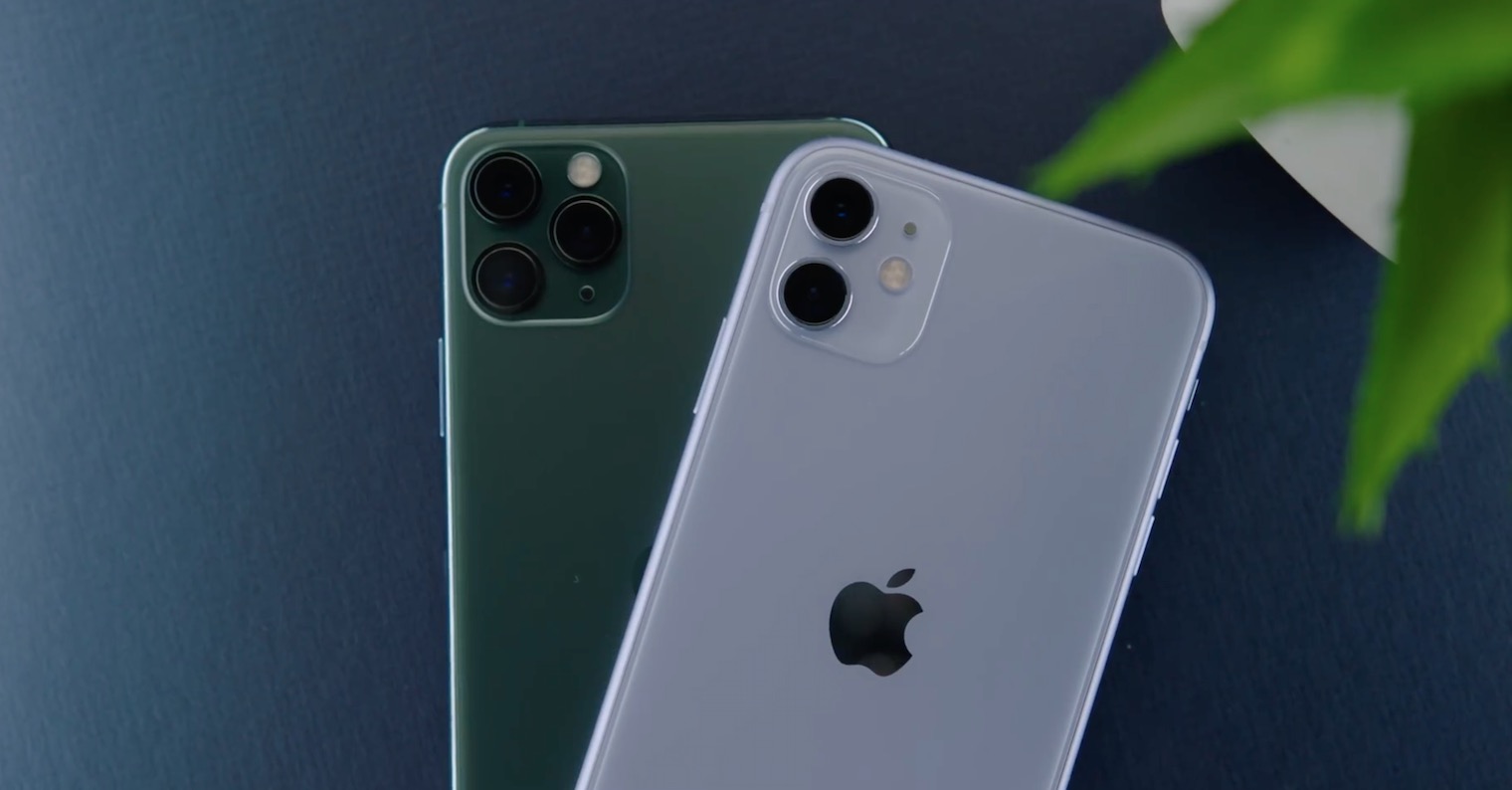
In Europe, Samsung in particular struggled in the last quarter
Weaker sales in China are attributed mainly to the trade war with the US. In addition, domestic users prefer domestic brands or phones from lower and cheaper segments. Domestic producers control 79,3% of the market there. Huawei and Honor have a combined 46,8% market share.
In Europe, the position of iPhones is threatened by Samsung with its successful model series A. The models A50, A40 and A20e occupy the first three ranks of total sales. Samsung thus managed to attract European customers across all price categories and offer an alternative to smartphones from Huawei and Xiaomi.
In the US, iPhones struggle especially with home Google Pixel, which delivers the popular lower-end Pixel 3a and Pixel 3a XL variants, while LG focuses on fighting in the mid-range segment.
It could be interest you

Source: kantarworldpanel
